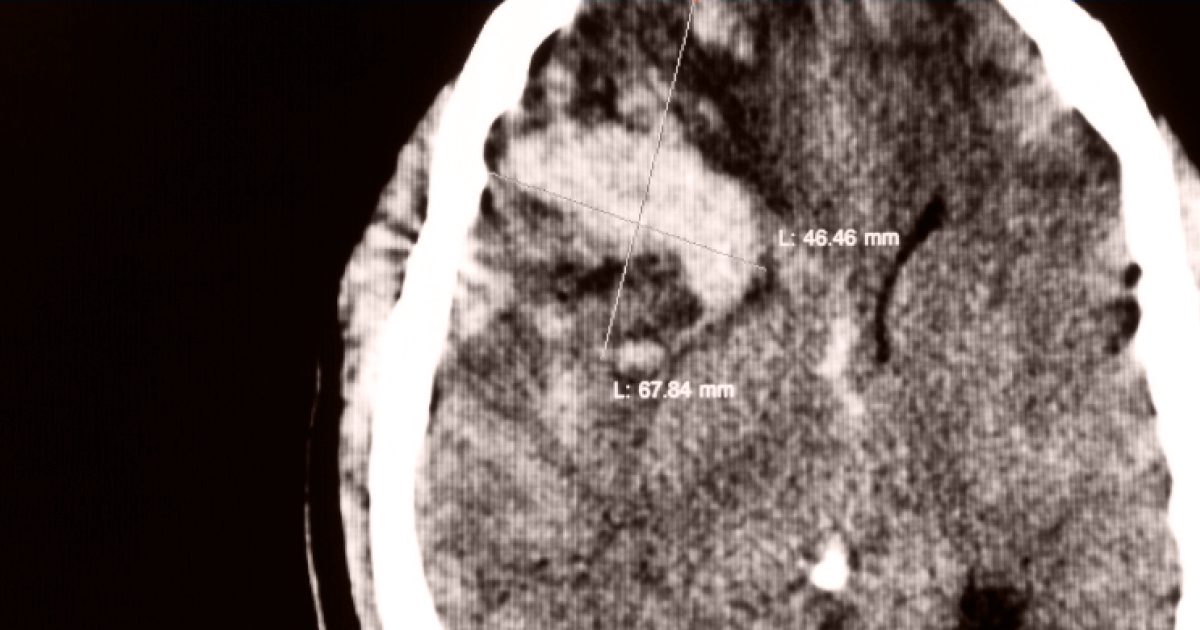November 8, 2023
Pharmacovigilance, a critical facet of the pharmaceutical industry, revolves around the paramount concerns of safety and efficacy in drug development. It permeates every stage of a drug’s life cycle, from its inception in preclinical research to post-market surveillance, rendering it an indispensable function in the realm of life science enterprises.
Defining Pharmacovigilance (PV)
Pharmacovigilance, also referred to as drug safety, encompasses a wide spectrum of activities involving the collection, analysis, monitoring, and prevention of adverse effects associated with drugs and therapeutic interventions. It is a rigorously scientific and process-oriented domain firmly entrenched in the pharmaceutical landscape.
Understanding Adverse Events
An adverse event, in essence, denotes any unfavourable reaction within a patient’s body triggered by a drug or candidate molecule—a side effect. A serious adverse event encompasses life-threatening consequences leading to hospitalisation, incapacitation, permanent harm, or, in extreme scenarios, patient fatalities. It is imperative to report adverse events in all clinical research investigations, even when the side effects are merely suspected.
The pivotal role of pharmacovigilance resides in discerning which adverse events cross the threshold of a drug’s efficacy. In simpler terms, it involves evaluating which side effects are justifiable risks for patients compared to the drug’s effectiveness in treating a particular condition. For example, while chemotherapy is notorious for inducing severe side effects, its application in life-threatening cancer cases is deemed acceptable due to its potential to cure patients. However, if a drug intended to alleviate a common headache were to cause similar side effects, the risk-benefit ratio would be untenable, and the potential harm outweighs the benefit.
Key Areas of Pharmacovigilance
The field of pharmacovigilance encompasses four primary sub-specialisations:
Operations: This sector serves as the entry point for many professionals aspiring to pursue drug safety careers. Typical roles in drug safety operations include case processors, drug safety officers/associates, drug safety managers, and leadership positions. These experts gather and document information during preclinical development and clinical trials, as well as collect real-world evidence of adverse events reported by healthcare professionals and patients post-market. Operations also oversee the formulation of standard operating procedures (SOPs), individual case study reports, literature screening, and regulatory expedited reporting.
Surveillance: Professionals specialising in surveillance tend to focus on risk management and signal detection roles. They analyse data amassed by the broader pharmacovigilance department. Common job titles in this area include pharmacovigilance scientist and drug safety physician, with various degrees of seniority and scope within the team. These experts analyse drug safety data and contribute to the creation and review of aggregate reports. They also prepare development safety update reports (DSURs) for drugs in clinical research and periodic benefit-risk evaluation reports (PBRER) for post-market drugs. These reports aid in drawing conclusions regarding a drug or candidate molecule’s safety and efficacy.
Systems: This division is responsible for developing and maintaining a robust and innovative system capable of housing and providing access to vast amounts of safety-related data. While operational roles collect most safety data, this division ensures accessibility for all stakeholders. The systems division faces the constant challenge of adapting to evolving regulations and business/health authority requirements, underscoring its critical role in drug safety.
Qualified Person for Pharmacovigilance (QPPV): QPPVs primarily focus on marketed drugs and those pending authorisation. As subject matter experts, their expertise extends across the discipline and the broader business. These senior pharmacovigilance roles are held by highly experienced professionals who specialise in understanding, planning for, and advising on EU regulations and requirements. This strategic appointment holds significant importance.
Pharmacovigilance’s Significance
Pharmacovigilance stands as the cornerstone of life science companies. It ensures adherence to rigorous regulations governing drug development, manufacturing, and commercialisation, with a strong emphasis on patient safety and the therapeutic benefits derived from drugs. The core mission of drug safety revolves around safeguarding a patient’s well-being throughout the drug’s lifecycle, including its availability on the market. Unlike other departments focused on enhancing patient lives, none places a sharper focus on patient safety as its ultimate goal.
Authority and Responsibility
The continuous vigilance exercised by drug safety means that senior leaders within this domain bear the responsibility and authority to recommend halting a development process or withdrawing an approved drug from the market. EU QPPVs play a pivotal role in this process, further underscoring the discipline’s centrality and importance.
Fostering Cross-Functional Collaboration
Drug safety’s cross-functional nature allows it to add substantial value to other facets of the pharmaceutical business. It effectively contributes to keeping the wheels of a pharmaceutical company in motion, wielding substantial influence and enhancing the overall operation.
The Future of Pharmacovigilance
Pharmacovigilance has already undergone significant transformation due to changes in legislation, transitioning from Volume 9A to GVP guidelines. The new legal framework places even greater emphasis on patient safety, elevating the central role of pharmacovigilance.
An example of this shift is the legislation governing the exchange of safety information between pharmaceutical companies and third parties, such as Contract Research Organisations (CROs). The requirement for increased detail in these communications will undoubtedly impact drug safety teams and divisions, as well as the broader life sciences industry.
In summary, pharmacovigilance will remain a vital and influential component in the development of new drugs and therapies in the future. Given the life science industry’s core mission to enhance and save patients’ lives worldwide, drug safety will continue to play an indispensable role.
At Avery Fairbank, we recognise the significance of pharmacovigilance in the pharmaceutical sector. Our seasoned team excels in identifying top talent in this field, ensuring your organisation’s commitment to comprehensive drug safety. Whether you’re looking to enhance your team or seek expert guidance, we invite you to explore our executive search services on our website or reach out to discuss your needs.

Published on 08-11-2023

